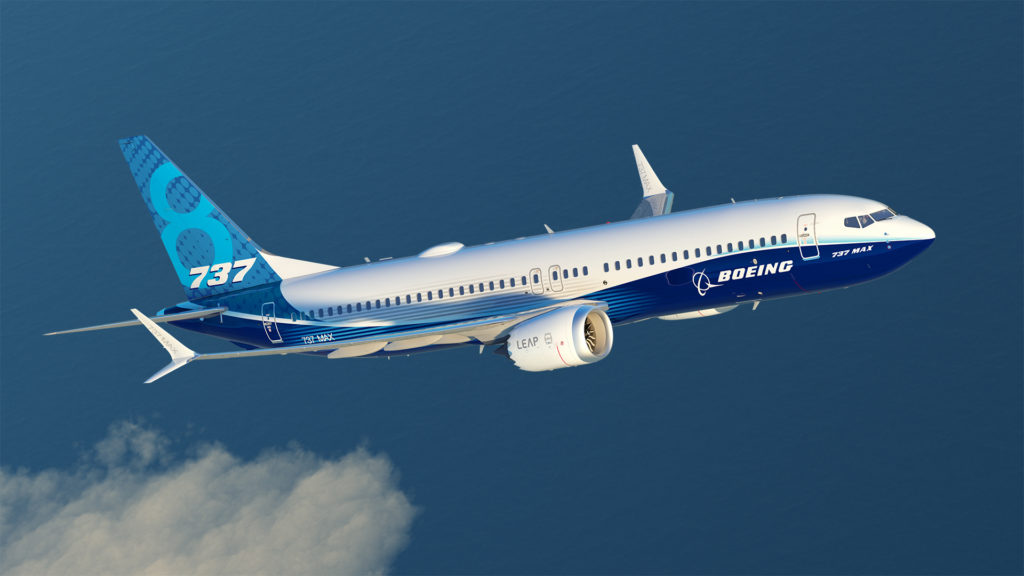Earlier this morning USA time (last night in India), Boeing released their Second Quarter results for 2019, followed it up with an analyst call. There was stuff we knew and stuff that was new around here.
Boeing reported a large US$ 2.94 billion loss for the second quarter as it took a US$ 5.6 billion pre-tax charge on account of the compensation it expects to pay out to aircraft owners for the grounding of the 737 MAX, and to those who haven’t received their planes yet on account of the global grounding.
Not just did Boeing take that charge on their account, revenue fell as well on account of Boeing not delivering the 737MAX to customers. There are over 4,547 737MAX aircraft which are due to be delivered to customers.
Boeing 737MAX fixes expected in Q42019, else a shutdown could be on the cards
Boeing expects the software fixes to be out by September 2019 and expects the 737MAX aircraft to return to service in the fourth quarter of 2019 as per Boeing. If that timeline is not met, Boeing claims that they could have to slow down the production of the aircraft, or even halt the 737 MAX output.
Weeks after the second crash of an aircraft lead to the global grounding of the 737MAX aircraft, Boeing cut down production from 52 aircraft a month to 42 per month already.

Muilenburg, the CEO of Boeing, sounded confident that the latest software update would be good enough to solve the new problem that came out recently by way of the FAA test pilots, which involves the 737 MAX’s flight control computer’s data processing speed. But from there on, there could be other issues that could be discovered. He also cautioned about the uncertainties going forward, given different regulators from around the world would need to reach a consensus on the assessment of the situation and lifting of the MAX grounding. Muilenburg was perhaps referring to the EASA requirements which pointed at 5 changes to the MAX before it could come back to the skies in Europe.
On the conference call, Muilenburg said if the timeline on the plane’s return to service were to change, there could be a further cut on the production rate, or perhaps even a halt on the production of the aircraft, which would be more preferable perhaps. He referred to this instance as the defining moment in the company’s history, and said they would come out strong out of this.
He said, “Stepping down to a lower production rate below 42 a month presents challenges more broadly.” This could refer to the hardship it incurs across the supply chain, who may suffer if the production goes down any further. Boeing plans to go back to 52, and then up to 57 airframes a month in 2020 once the plane is back in service.
Boeing currently has about a 100+ airframes that they have resorted to parking in every nook and cranny of the

Unfortunately, if any of these steps happen, that could mean workers could be at a loss, for an event which was not of their own doing. So Boeing should not be heading down that path as much as they can.
Boeing 777X sees delays
Boeing has been working on the entry into service of the 777X, which was unveiled to the world in a subdued ceremony in March 2019 with the employees, after a media preview was cancelled for the aircraft in wake of the 737MAX crash at Ethiopian Airlines.
The 777X was expected to enter into service next year (2020), but the programme is now off track, given General Electric, which is developing the GE9X engine, has not been able to fix the engines for the first flight which was supposed to happen in June 2019. This is expected to take another six months, so do not expect the first flight until early 2020. This should affect the initial customers of the aircraft who were banking on a 2020 EIS.
Bottomline
Will Boeing come out of this? Yes. Will those 4400 odd 737 MAX aircrafts be delivered? Yes. To paraphrase Willie Walsh, IAG CEO, this would perhaps be the most scrutinised plane in current aviation history once it re-enters service. So, I can rest assured that the aircraft that will come out of this scrutiny should be a safer aircraft. Public perception will be changed over the long run of course. Let’s hope Boeing takes the time to do the most thorough inspection and fix on this aircraft so that it is never at the centre of an unfortunate event, ever again.


Leave a Reply